MIT Software Could Help Travelers Assess Risk
Share

The human brain is amazing. It can assess situations and come up with solutions in ways that would make a computer jealous. So it should be no surprise that a group at the Massachusetts Institute of Technology (MIT) is working on algorithms that emulate our analytical thought processes.
Professor Brian Williams, of the MIT Computer Science and Artificial Intelligence (AI) laboratory, says that the Boeing Company is helping to fund the research, which began as a concept study of Personal Air Vehicles (PAV’s). Think of the ultimate flying car, or taxi, and you get the idea. “There’s lots of enthusiasm for the idea, and we don’t want to need certified pilots. It would be a robotic air taxi, and we’re trying to build a system that we can talk to,” says Williams.
The algorithm and resulting software could have wide application in airline operations, including gate allocations, airport ground movements and flight-path planning.
Getting into your PAV, you would tell it to “take me home, but I want to stop for dinner at a sit-down restaurant, and arrive by 7 p.m.” Now given the specific constraints of the task, the PAV’s software would evaluate weather, navigation, vehicle system status, the database of available restaurants and all other necessary parameters before proposing a solution. The software might suggest a restaurant, or it might say “there isn’t time for a sit-down restaurant if you want to be home at 7 p.m. I suggest going to a ‘fly-through,’ and here’s two on our route.”
The unique component of this algorithm is that it assesses risk, in the sense that it evaluates the probability of success of a solution that’s based on the applied constraints. Your GPS doesn’t do that. If the user doesn’t like an initial solution, the software evaluates and proposes options until a high probability solution is accepted.
For today’s airline passenger, the software might be used to figure out flight bookings. “A passenger would say ‘I’m taking the hourly shuttle flight, but I hate turbulence. I need to eat. What flight should I book, and what time should I leave the office?'” says Williams. “The software would work through a whole set of outcomes, to determine the best solution.”
Sound like science-fiction? Perhaps. But Williams’ group has named the algorithm and software “Enterprise.” And each module is named appropriately. “Uhuru handles the dialogue, Sulu flies the PAV, Bones is diagnosis, and Kirk is in charge of overall planning. He’s smarter than the older module, Pike,” chuckles Williams.
Williams, who is also a Professor in MIT’s Department of Aeronautics and Astronautics, adds that the algorithm and resulting software could have wide application in airline operations, including gate allocations, airport ground movements, and flight-path planning.


